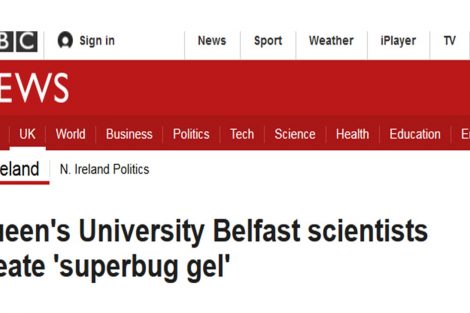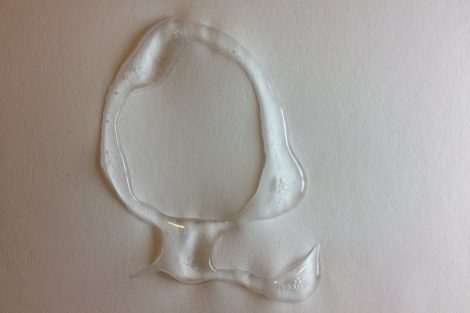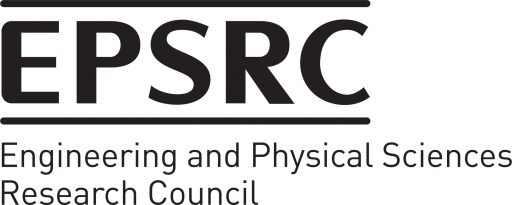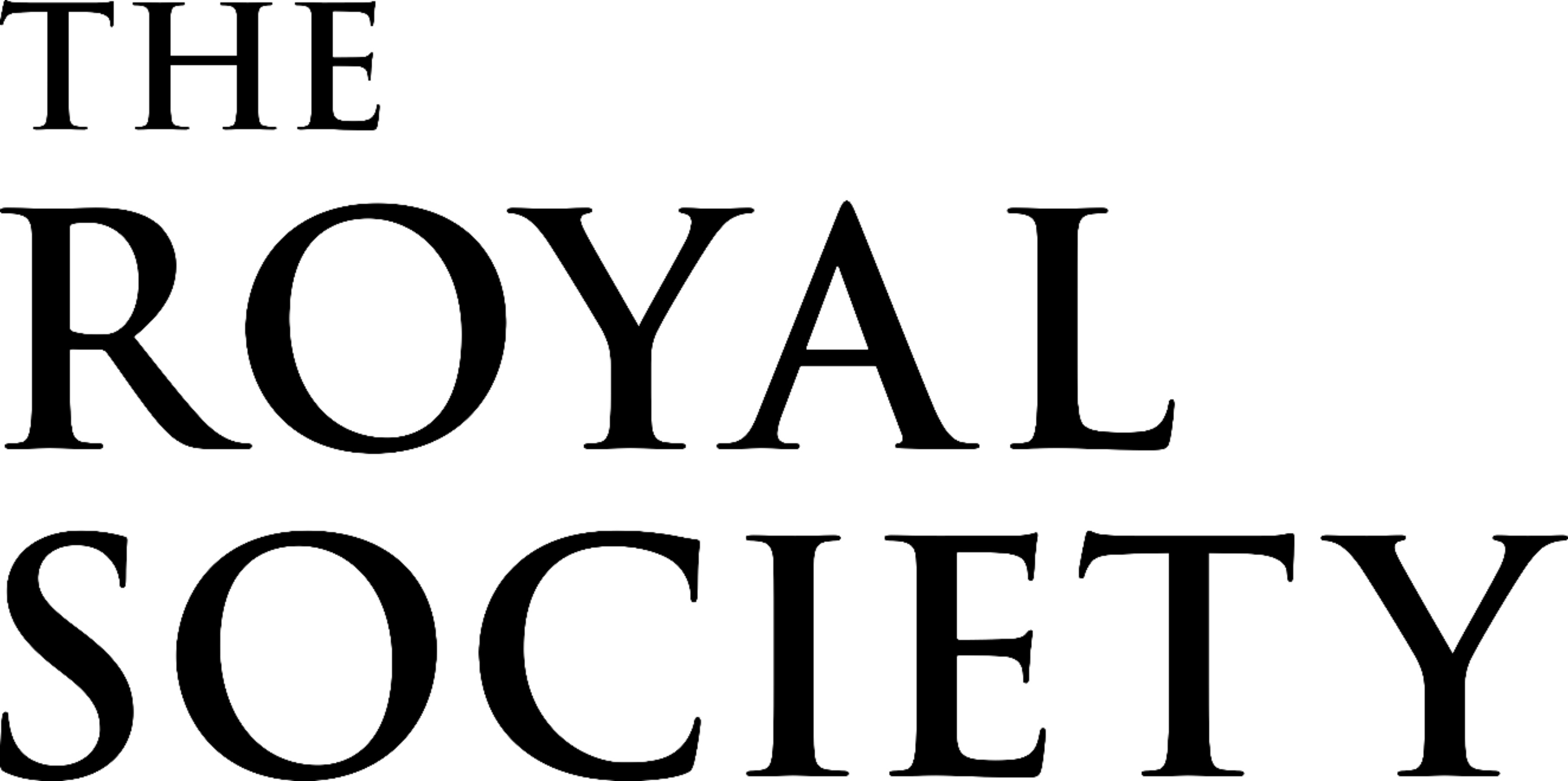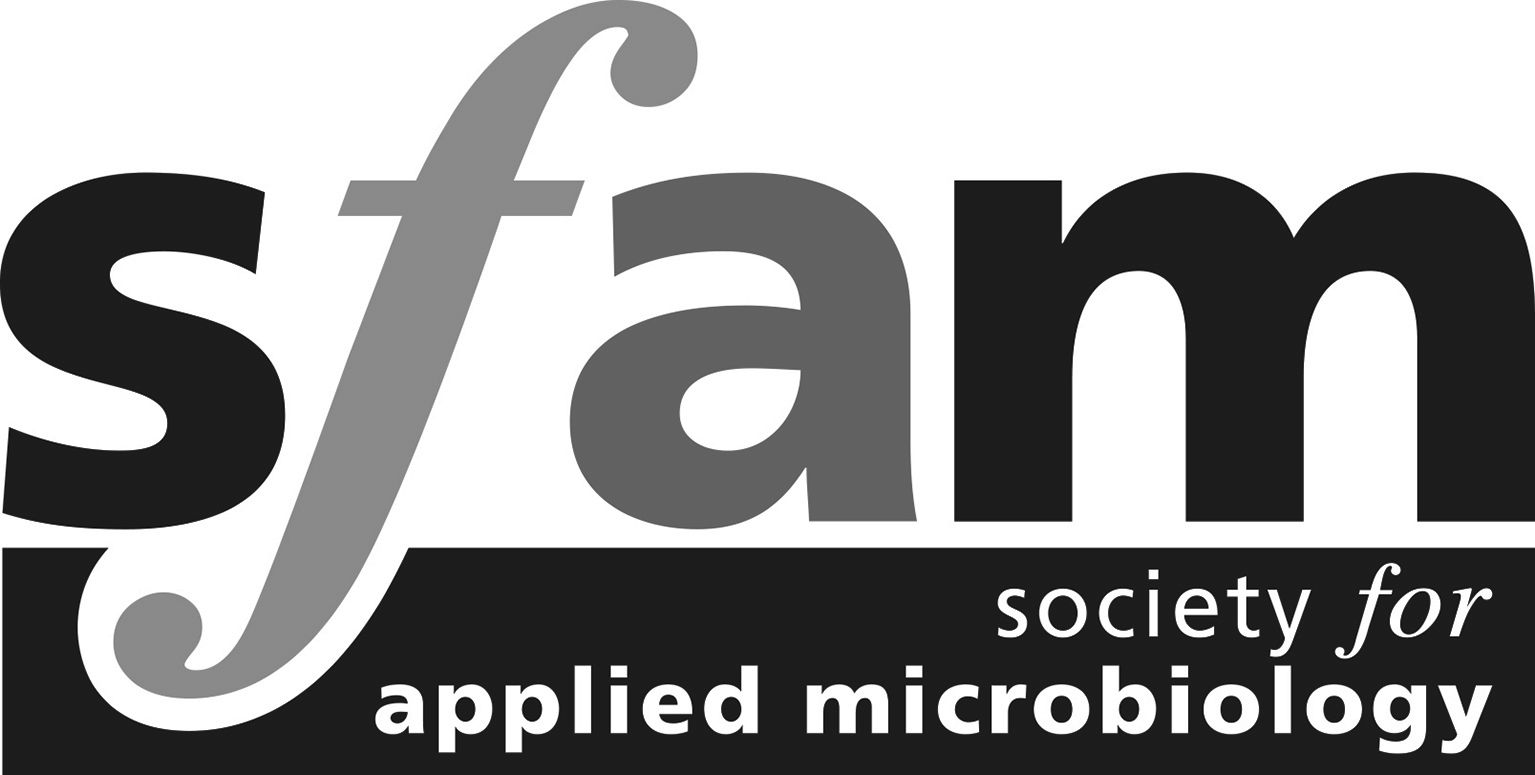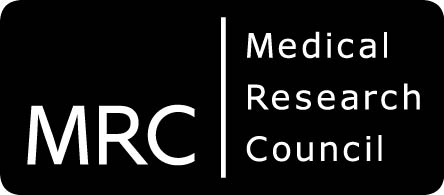
BIOMATERIALS AND MEDICAL DEVICES
Healthcare associated infections (HAIs) are estimated to cost the NHS £1 billion per annum, of these medical device infections account for half of all cases. Intravascular catheters are commonly inserted in hospital and outpatient settings to administer drugs, provide nutritional support and monitor patients. They include peripheral and central venous catheters, arterial catheters and haemodialysis catheters for both short (days) and long-term (weeks) implantation. Long-term implantation is particularly problematic with 22% of cases developing serious catheter-related bloodstream infection. This results in:
-increased patient suffering
-compromised device function/failure
-need for antimicrobial therapy/device removal
-an increased profile of resistant infection
-increased burden on healthcare budgets
-extended hospital stay/lost working days
-possible death
The catheter surface provides an optimal environment for the attachment of infectious pathogens. Microbial cells then become embedded in a protective slimy layer known as a biofilm. Once formed, microorganisms within the biofilm are protected from mechanical removal, immune clearance and exhibit an extremely high tolerance to antimicrobials. This makes such infections difficult, if not impossible, to treat using conventional antimicrobial agents. Resistance to antimicrobials is one of the most pressing issues impacting society resulting in at least 700,000 deaths worldwide per year. Without significant investment in new therapies, this total is predicted to rise to more than 10 million deaths by 2050, a figure greater than cancer. The discovery of antimicrobials was responsible for increasing the safety of surgical interventions and advancing healthcare. As resistance increases so too does the possibility of an age were surgical procedures are not possible and simple infections kill.
Our work focuses on a group of molecules that exist throughout nature as part of the immune response, namely antimicrobial peptides. Peptides have the ability to kill resistant bacteria utilising multiple sites of action, unlike most currently licensed antibiotics. This reduces the ability of pathogens to develop resistance against them and are therefore of great promise. Peptides are also the building blocks of proteins and tissues and have the potential to be tailored for both antimicrobial therapy and healing at the site of implantation. The properties of peptides can be modified in the laboratory in order to alter their selectivity towards certain bacteria. These include superbugs commonly associated with intravascular catheter infection for example staphylococci and E.coli. Peptides can be attached to catheter materials via defined chemical groups allowing the creation of bioactive devices that respond to infectious environmental stimuli (pH).
Upon exposure to decreased pH associated with infections, our peptide will form protective antimicrobial gel layer at the catheter surface and form an infection-responsive biomaterial. This will replicate nature’s evolutionary response to infection whereby organisms, such as amphibians, secrete a thin peptide mucus on their skin to successfully protect against infection. This strategy will prevent microbial adherence and biofilm formation long-term, in response to infection development, thereby reducing antimicrobial resistance by providing a unique and targeted therapy.
We have discovered a group of small, easy to synthesise peptides with the ability to form antimicrobial hydrogels, as published in Biomacromolecules. The advantages of a gel format are that it allows localised antimicrobial effect where it is most required; at the implant surface. This project will provide significant data ensuring future clinical translation to patients as an infection responsive medical device technology, reducing the burden of medical device infections resulting in benefits to society and health.
